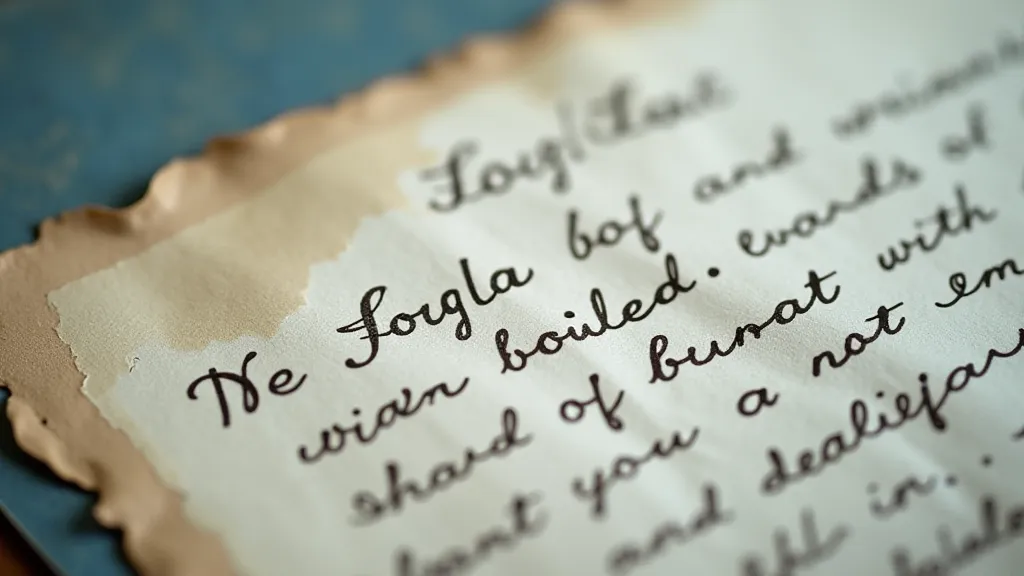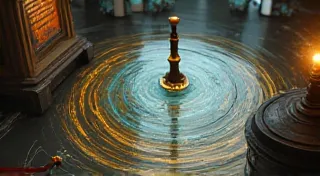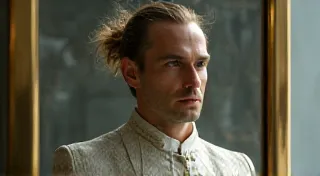Sapphire Shadows: The Subtle Language of Color in Victorian Mourning Rituals
The Victorian era, spanning from 1837 to 1901, was a period steeped in ritual and profound grief. The Industrial Revolution brought technological advancements, yet anxieties surrounding mortality were palpable. Queen Victoria’s prolonged mourning following the death of Prince Albert in 1861 deeply influenced societal customs, cementing elaborate mourning practices that extended far beyond black attire. While black dominated the visual landscape of Victorian mourning, a surprising and powerful color quietly held a vital role: sapphire blue, and its deeper, more somber shades. It was a language of color, conveying a spectrum of emotions – piety, remembrance, and a yearning for the spiritual realm – a nuanced communication often lost in our modern, faster-paced world.
Before delving into the specific significance of sapphire blue, it’s essential to understand the broader context of Victorian mourning. There were intricate rules governing dress, jewelry, stationery, and even home décor. First-degree relatives observed the most stringent restrictions, lasting upwards of two years. The complexity of these rules, while seemingly oppressive today, served a purpose: to visually broadcast one’s grief to the community and solidify the bereaved’s social standing through their observance. This public display of sorrow was also a form of solidarity, a shared experience that bound people together in their collective suffering.
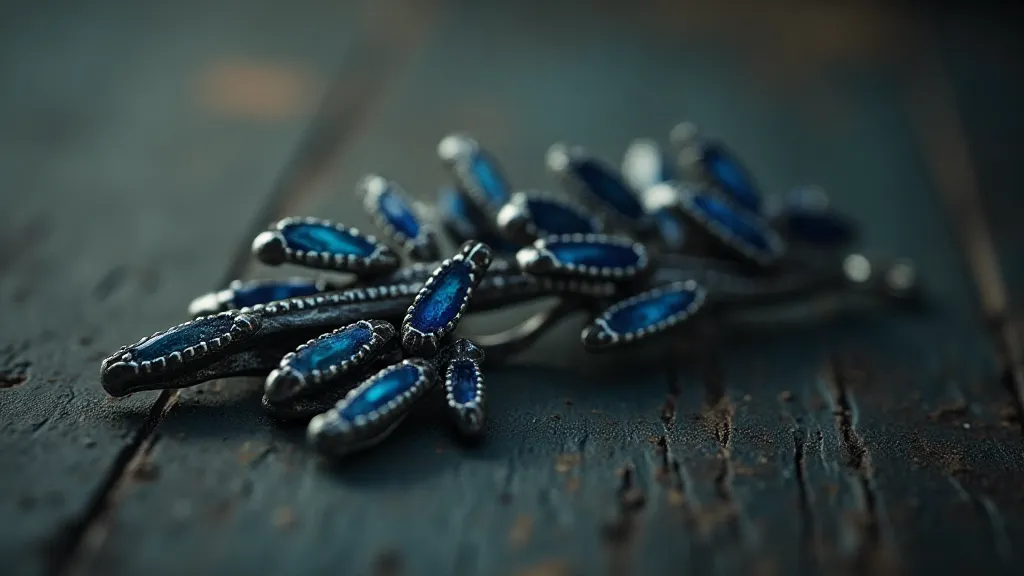
The Symbolism of Blue: Beyond Grief
While black was the ubiquitous symbol of mourning, blue, particularly shades of sapphire and indigo, held layers of complex symbolism. Blue, in general, represented constancy and faithfulness – qualities highly valued in Victorian society. However, its association with mourning was more deeply rooted in its connection to the Virgin Mary. The Virgin Mary, revered as the epitome of piety and grief, was frequently depicted in blue robes, linking the color with sacred sorrow and spiritual solace. This connection imbued sapphire blue with a sense of reverence and offered a visual comfort to those grappling with loss.
The use of blue wasn't merely decorative; it served a purposeful emotional function. Unlike the starkness of black, blue offered a gentler expression of sorrow. It was considered more appropriate for those who were not immediate family members of the deceased, or for those who wished to acknowledge their grief in a more understated way. Children, for instance, might wear blue mourning attire rather than black, signaling their sadness without the weight of the most severe restrictions.
Mourning Jewelry: A Blue Revelation
Perhaps the most visible manifestation of blue’s significance in mourning rituals can be found in Victorian mourning jewelry. Jet, a black gemstone, was immensely popular, but blue enamels, often intricately layered to create depth and shading, were equally sought after. These pieces weren't simply beautiful; they were carefully crafted memorials, often containing lockets of hair, miniature portraits of the deceased, or tiny inscriptions of heartfelt messages.
Consider the common motifs appearing in these blue mourning pieces: weeping willows, symbolizing remembrance and mourning; forget-me-nots, a poignant expression of enduring love; and draped fabrics, representing the sorrow that weighed upon the bereaved. The craftsmanship itself speaks volumes. Each tiny detail – the meticulously painted forget-me-not petals, the delicate shading of the weeping willow branches – demonstrated a profound respect for the deceased and a commitment to preserving their memory.
The depth of blue used also held meaning. Deeper, more indigo hues evoked a sense of profound melancholy and spiritual yearning, while lighter shades of sapphire suggested hope and the possibility of eventual solace. Often, these shades would be combined, creating a visually complex narrative of grief and remembrance.
Photography and the Blue Veil
The advent of photography during the Victorian era provided a new avenue for memorialization. Post-mortem photography, the practice of photographing deceased individuals, was surprisingly common, particularly for children and young adults. While these images are understandably unsettling to modern sensibilities, they served a vital role in allowing families to preserve a visual record of their loved ones.
A fascinating technique employed by Victorian photographers involved placing a blue veil or fabric over the face of the deceased. This served several purposes. Firstly, it obscured any signs of decomposition, presenting a more idealized image of the departed. Secondly, the blue hue imparted a sense of ethereal beauty, suggesting a transition to the spiritual realm. This subtle use of color reinforced the belief that death was not an end, but a gateway to a higher existence.
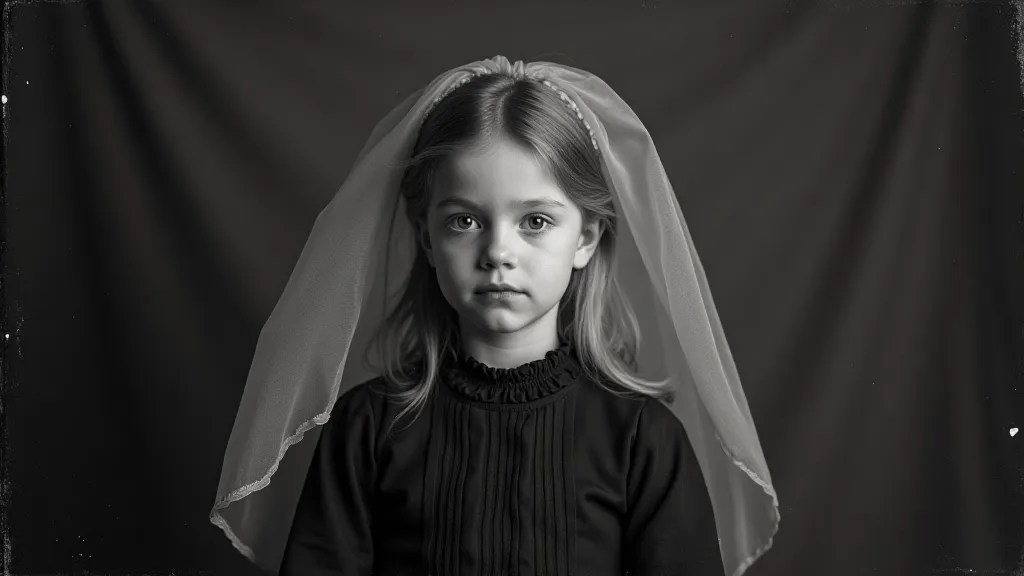
Beyond Jewelry and Photography: Blue in the Home
The influence of blue extended beyond personal adornment and memorial portraits. Victorian homes were meticulously decorated, and mourning practices often impacted interior design. Families might drape rooms in blue mourning crepe, a fabric commonly used to cover furniture and mirrors. This visual sombering of the environment served as a constant reminder of the loss and created a space conducive to reflection and quiet mourning.
Stationery, too, played a significant role in Victorian mourning rituals. Letters were written on blue-edged mourning stationery, reflecting the sender's grief and expressing condolences to those who had suffered a loss. The careful selection of color in these everyday items demonstrated the pervasiveness of mourning practices and the importance of visually communicating one's sympathies.
A Legacy of Subtle Sorrow
The Victorian era's complex and nuanced mourning practices, particularly the subtle incorporation of sapphire blue, offer a poignant glimpse into a society grappling with loss and seeking solace through ritual and visual representation. While the elaborate rules and customs of Victorian mourning may seem archaic today, they serve as a testament to the enduring human need to express grief, to remember loved ones, and to find meaning in the face of mortality. The quiet beauty of sapphire shadows reminds us that even in the darkest of times, there is room for grace, reverence, and the enduring power of color.
